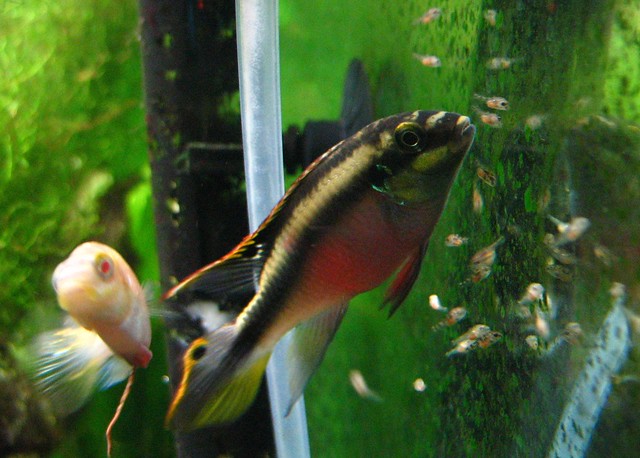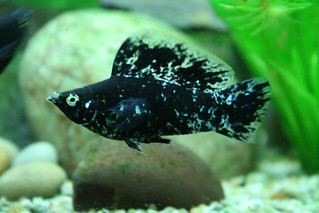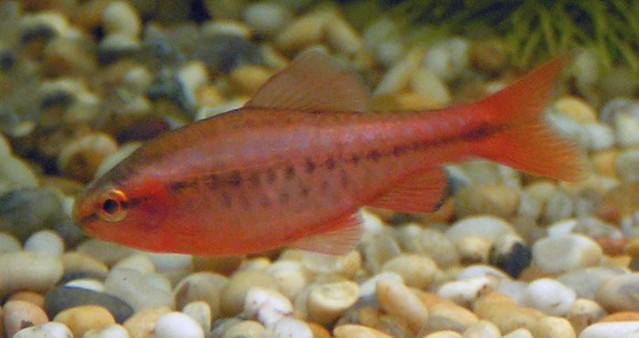 |
| Rumphella aggregrata soft coral in home reef tank (Photo credit: Wikipedia) |
Whether your goal is a nano reef tank or a 150-gallon aquarium with an ecosystem of coral and saltwater fish, the following five steps will lead you on your way to success.
1) Commit! Decide you are going to spend the $$ it takes to make a proper go of it. At a minimum, most tanks, (from 10 gals to 55 gals) take between $250 and $500 to get going. Can you do it cheaper? Yes, but usually not your first one. You have to know what you are doing and understand how things can and will go wrong before you can choose less expensive husbandry options and/or equipment. Save up if you have to, but count on that first tank being expensive.
Realize that this is not a short-term commitment. And as much fun as it is to collect the coolest coral fragments out there and show them off to your friends, there WILL come a time when you are hauling all of those same 'frags' out of the tank and into temporary storage when your six-year-old cracks the side of the display tank with a pool ball or some other calamity occurs.
2) Study! Spend time on the internet, in books and watching nature shows on reefs BEFORE you get your animals. Understand the animals that you are going to keep and how they interact with each other. If you count on the LFS (Local Fish Store) or your buddy down the road to keep you out of trouble and don't do your homework. You will fail. That is the one guarantee in this hobby. DO YOUR HOMEWORK.
The only way around this is to be able to afford to pay someone else to set-up and maintain your tank.
3) Mingle! (see 2 above) There are plenty of reef-keeping societies out there with lots of experience to help you along your way and teach you what you need to know. As long as you are doing your own homework, they are usually happy to help!
4) Keep an open mind! There is not just one way to keep a reef tank - no matter how loudly people on the various bulletin boards and forums out there might shout that there is.
5) Share! It is amazing how much help people are willing to give when they realize that you are offering a particularly nice specimen that they have always wanted. Equipment that they didn't even remember they had may magically appear or they might be willing to share a very nice piece of their own reef frag with you.
Trading frags not only is a great way to increase your variety, but it helps maintain genetic strains of corals (frags are also known as 'clones') that might otherwise die out in a single tank struck by the calamity mentioned in 1 above.
|








